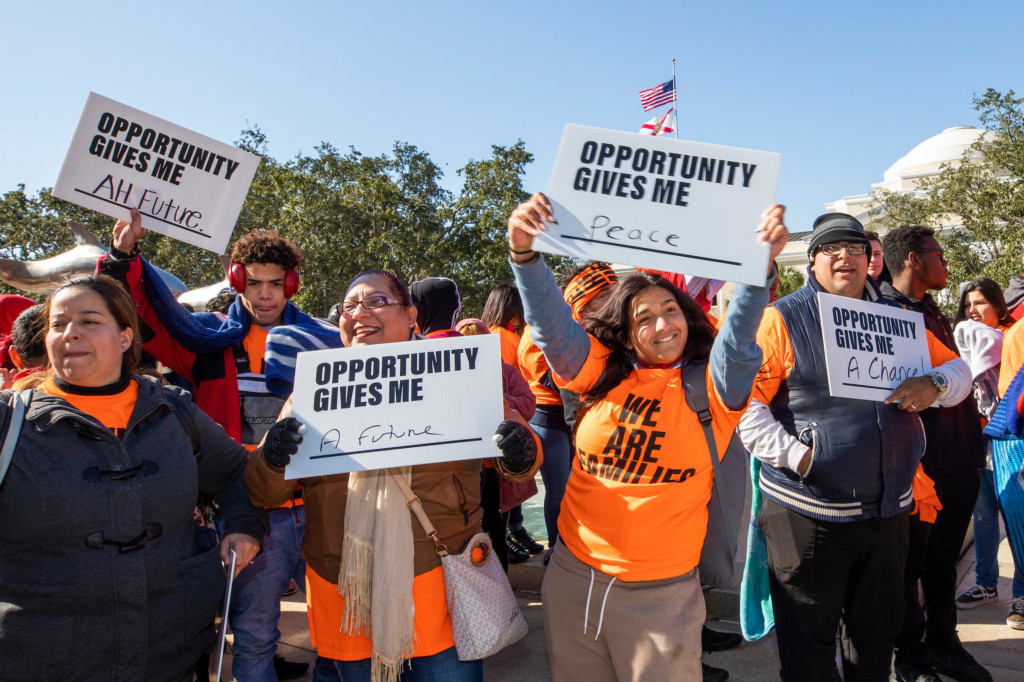
Editor’s note: This analysis from Marty Leuken, director of the Fiscal Research and Education Center at EdChoice, and Michael Castro, a research assistant at EdChoice, shows that Florida’s Gardiner Scholarship flies in the face of claims that vouchers are harmful to public school systems. It appears in the Spring 2022 issue of Education Next.
Critics of education choice claim that introducing and expanding choice programs will lead to a massive exodus of students that will dismantle public-school systems by “defunding” them.
For instance, one critic claims that vouchers “could dramatically destabilize public-school systems and communities.” Legislators in states such as Indiana, Ohio, and West Virginia claimed that school-choice bills introduced in their states would destroy public schools.
Such overwrought claims are hard to square with our work and many other analyses of education-choice programs, including a recent study that showed students participating in choice programs, including programs that have been around for multiple decades, represent just 2% of all publicly funded students in the states that operate these programs.
As part of the publication The ABCs of School Choice, we report participation rates, or “take-up rates,” by program for each school year.
This is how we calculate that figure:
Take-up rate = Number of students participating in the program over the number of students eligible for the program.
Trends matter too, though. Existing research doesn’t tell us about how programs might evolve or the extent to which participation increases or decreases over time. The rate in the third year that a program operates is probably going to be different than the rate in the same program’s twenty-third year. Take-up rates over time is what we are interested in understanding.
We decided to look at programs that were introduced in 2010 or later and that were in operation for at least five years. Our sample includes 27 private-education-choice programs in 19 states. These programs consist of four education savings accounts programs, 13 voucher programs, and 10 tax-credit scholarship programs.
Thirteen of these programs exclusively serve students with special needs. All programs in the sample are statewide except one: Wisconsin’s Racine Parental Choice, which is open to students who reside in the Racine Unified School District.
To continue reading, click here.


